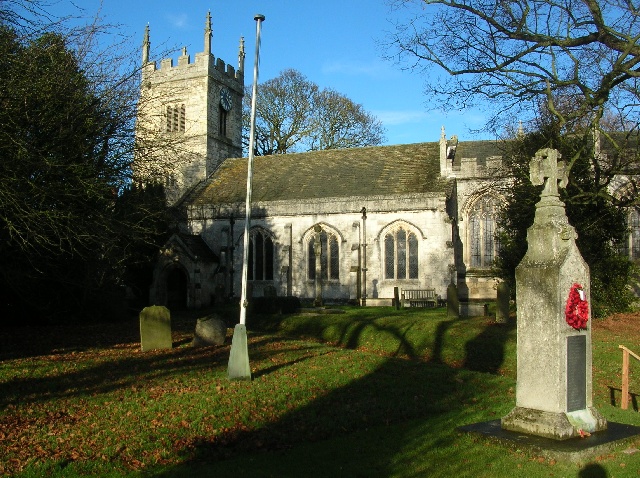Consecrated in 1424 All Saints’ was built on the site of an earlier church by the initiative of Canon Thomas Parker who was Rector from 1411 to 1423. Parker, who held a position of influence in the Chapter of York at that time used the same architectural ideas and the same first-class material as can be found in York Minster. It is also believed he employed Minster workmen for the construction of All Saints’.

Architecture
All Saints’ is a perfect example of the so-called ‘perpendicular’ style of church architecture which flourished in England from the early 14th to the early 16th centuries. As the term implies the style is characterised by long vertical straight lines and is seen to best advantage in the magnificent five-light east window. It was doubtless the lofty and spacious interior of All Saints coupled with the particularly fine quality of the chancel that earned it the name of ‘Cathedral of the Ainsty‘.
History and restoration
All Saints’ is a church full of history and character which have evolved through the ages. The choir stalls bear the marks of Cromwell’s men, when the ancient rood screen and reredos were violently removed. Very little evidence of the earlier church remains today apart from the Saxon cross which surmounts the east gable of the chancel, and the Norman font.
Today the church is home to a small but faithful group of Christians vibrant in worship who have committed to restore the building back to its former splendour.
Visitors and guided tours
Our church is open to visitors every day during daylight hours. For further details including how to find the church, see the bottom of this page.
We are happy to welcome groups of visitors to our church and we can pre-arrange guided tours upon request. If you are interested in a guided tour, please contact us.
Next: why not find out about the outstanding features of All Saints’ church or learn more about its fascinating history?